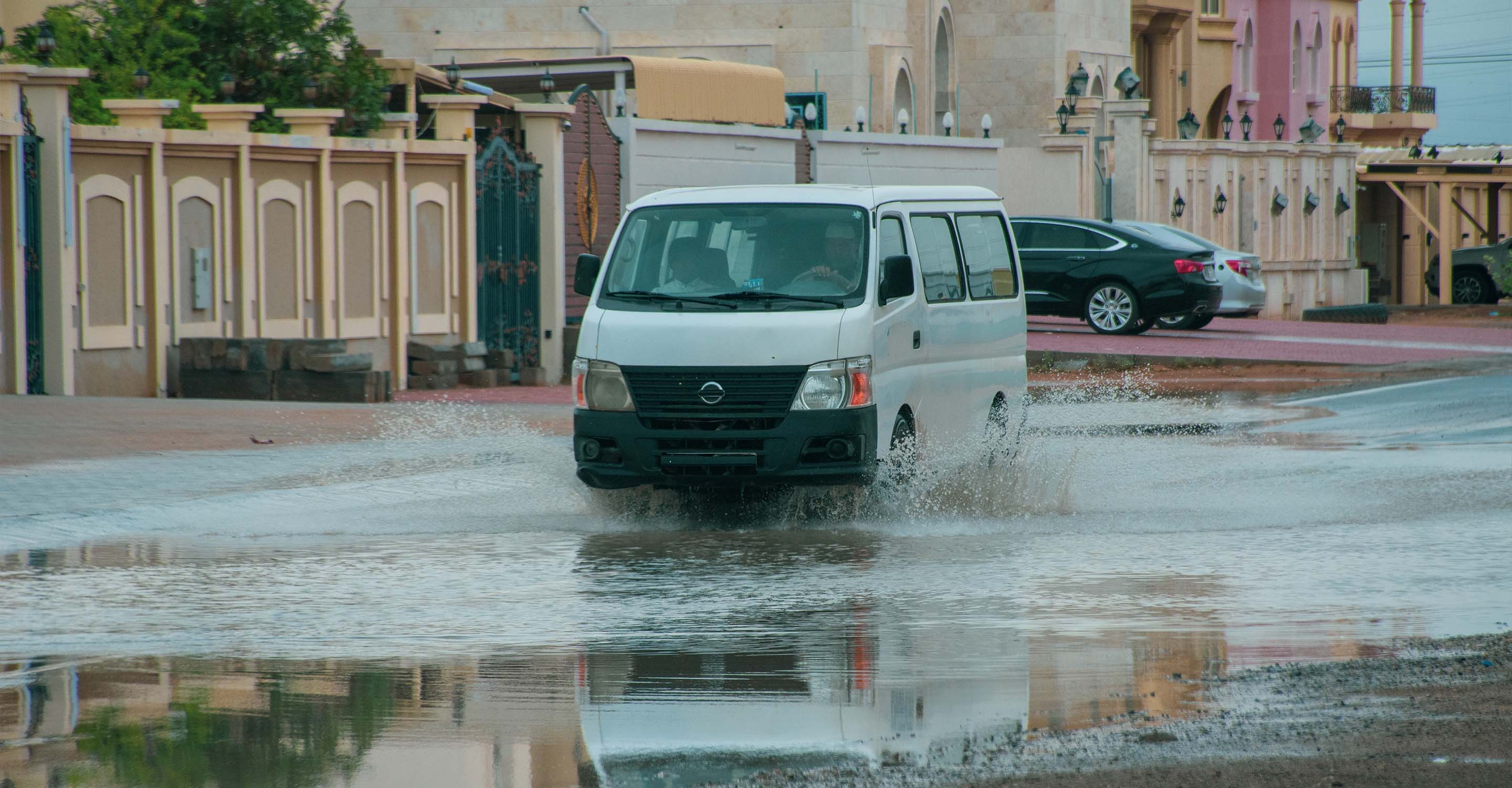El Paso air quality map
Live air pollution map of El Paso
28.7K people follow this city
Full screen
Contributors
3
Stations
6
Contributors category
1
Government
0
Non-profit organization
0
Educational
0
Corporate
0
Individual
2
Anonymous
Most polluted air quality stations
| # | station | US AQI |
|---|---|---|
| 1 | Ascarate Park Southeast C37 | 57 |
| 2 | Chamizal C41 | 48 |
| 3 | Skyline Park C72 | 28 |
| 4 | Timberwolf | 23 |
| 5 | Upper Mesa Hills | 23 |
| 6 | Ivanhoe C414 | 13 |
Health Recommendations
| Enjoy outdoor activities | |
| Open your windows to bring clean, fresh air indoors GET A MONITOR |
community highlight
El Paso most followed contributors
Become a contributor
Get an AirVisual Outdoor and contribute to collecting millions of data points for the El Paso map to track local air pollution
Understand air pollution and protect yourself
El Paso MAP AIR QUALITY ANALYSIS AND STATISTICS
Is there a lot of extremely interesting information all about air quality on the air pollution map for El Paso?
All of this interesting information can easily be found on the air pollution map for El Paso. By starting at the main page, the map can be accessed by clicking on the icon so that the map page will load.
The first thing to notice will be the total colouration of the map. This is a direct reflection of the current air quality. The colours can range from pale green to dark maroon where the darker colours indicate worsening air quality. These colours are standard across the IQAir website and carry the same meanings. The current colour “Green” shows the viewer that the air quality is “Good”. There are also many coloured discs scattered across the map. These show the locations of the ground-level air monitoring stations in and around the city. Not all of them are operated by El Paso but also by other cities nearby. If the discs overlap and are not easy to see, by slightly expanding the map it will allow the discs to separate and become easier to differentiate from one another. Each disc can then be explored individually by clicking on the desired one, a new page will open which will contain all the relevant information about that area of the city.
These discs all display a number at their centre which is the United States Air Quality Index reading or US AQI for short. It is calculated by taking the measured levels of six air pollutants which are usually both factions of Particulate Matter (PM2.5 and PM10), nitrogen dioxide, sulphur dioxide, carbon monoxide and ozone. It is then used as a metric when comparing air quality in other cities. The whole system is endorsed by the World Health Organisation (WHO).
Briefly looking back to the main page, it can be seen in the coloured banner at the top of the page that El Paso was enjoying a period of “Good” quality air in December 2022. The main pollutant was PM2.5 with a recorded level of 5.9 µg/m³ which is only slightly higher than the recommended target level of 5 µg/m³, as encouraged by the WHO.
Scrolling down below the air pollution map for El Paso can be seen the number of contributors there are and the number of stations they operate. Currently, there are seven contributors that operate eleven stations which provide data about air quality. Two are government departments and the remaining five prefer to remain anonymous.
Is there any more interesting information to be found on the air pollution map for El Paso?
There is a lot more information about air quality on the air pollution map for El Paso but the page needs to be viewed at maximum size to see all the available information. This is easy to achieve by selecting the icon at the top of the page.
Four choices will appear on the left-hand side of the screen which can all be turned on or off individually to get a good idea of the effects they have on the map.
The first option shows the locations of all the ground-level air monitoring stations that are in and around the city. Not all the areas on the map are controlled by the same city.
The second option would show the position of any wildfires that might be burning out of control in the area. In December 2022, there were no icons on the map meaning there were no fires to report. If there are any, then option number four needs to be consulted because it shows the speed and direction of the prevailing winds and might give a good indication of where the smoke might blow.
Option three can be very overpowering because it governs the colour of the map as a visual way of showing the current air quality. Some may find it difficult to see through it to the details on the map. In this case, it can be deactivated and the colour will disappear and be replaced by standard colours expected on a map.
The remaining information can be found on the right-hand side of the screen in the form of a table. This shows the ranking of world cities according to their levels of air pollution. Only seven are shown on this page, but if all participating cities want to be seen then the full-ranking page must be launched.
Is the source of the polluted air shown on the air quality map for El Paso?
The source of air pollution is not shown on the map but it is known that the biggest contributors to air pollution are vehicle exhausts. It is exacerbated by long lines of vehicles waiting to cross the state line into Mexico. Because of the high temperatures, many of these vehicles keep their engines running to be able to continue to operate the air conditioning.
Scientific evidence indicates that lung damage that is caused by prolonged exposure to lower levels of ozone-polluted air poses the greatest health risk. Averaging ozone levels over eight hours provides a higher level of protection, especially for children and those adults who spend a significant portion of their time working or playing outdoors which is a group that is particularly vulnerable to the effects of ozone.
PM2.5 is always mentioned on the air pollution map for El Paso but what is it?
The respirable particulate matter present in the atmosphere of our cities in solid or liquid form (dust, ashes, soot, metal particles, cement and pollen, among others) can be divided into two main groups, depending on their size. Those with an aerodynamic diameter equal to or less than 10 micrometres or microns (1 micron corresponds to one thousandth of a millimetre) are called PM10 and the smallest respirable fraction, PM2.5. The latter is made up of those particles with an aerodynamic diameter less than or equal to 2.5 micrometres, that is, they are 100 times thinner than a human hair.
Each type of particle is made of different material and can come from different sources. In the case of PM2.5, its origin is mainly from anthropogenic sources such as diesel vehicle emissions, while larger particles may have an important natural component in their composition, such as dust particles from deserts and dry arid regions.
El Paso air quality data attribution
3 Data sources








